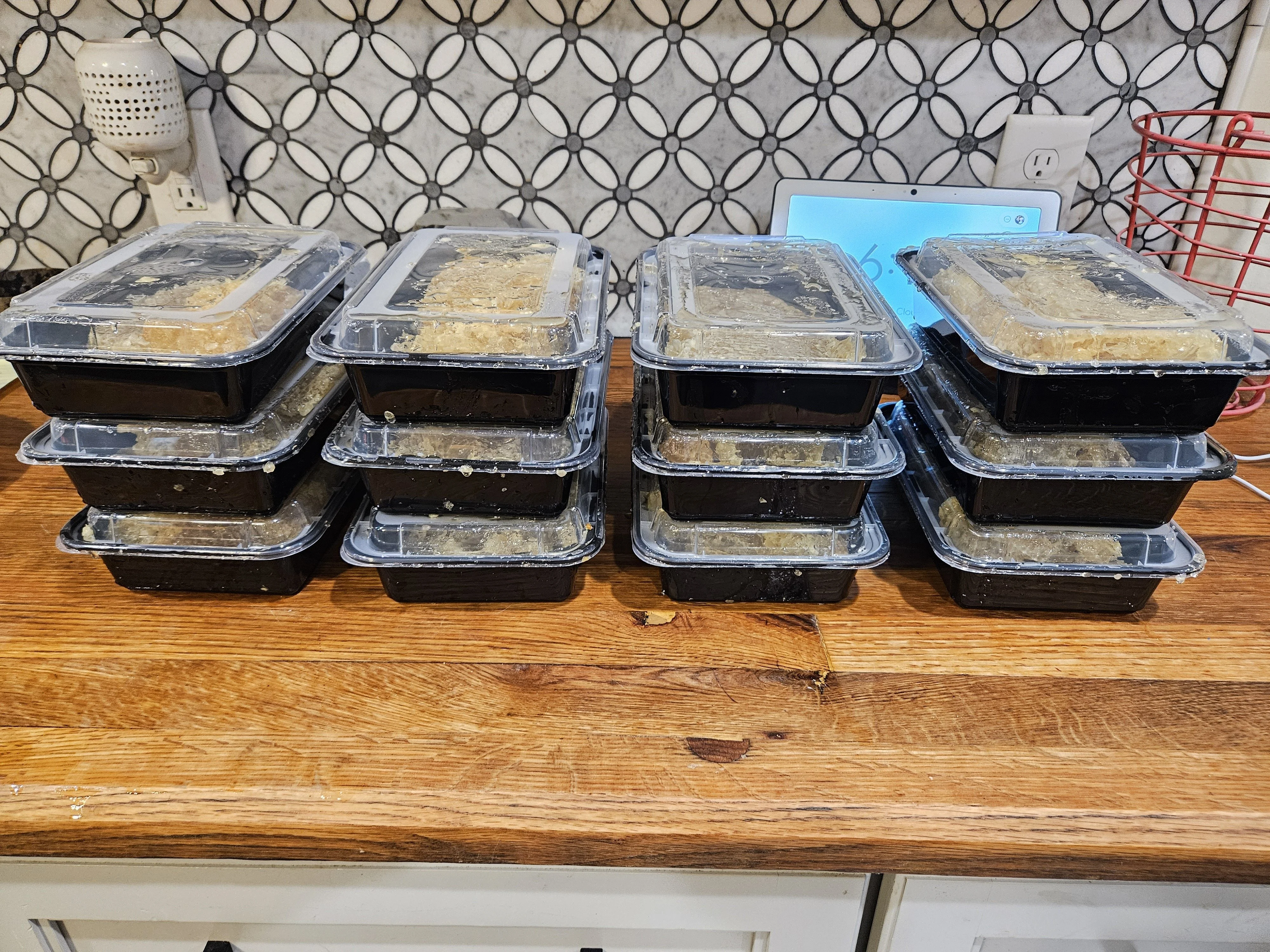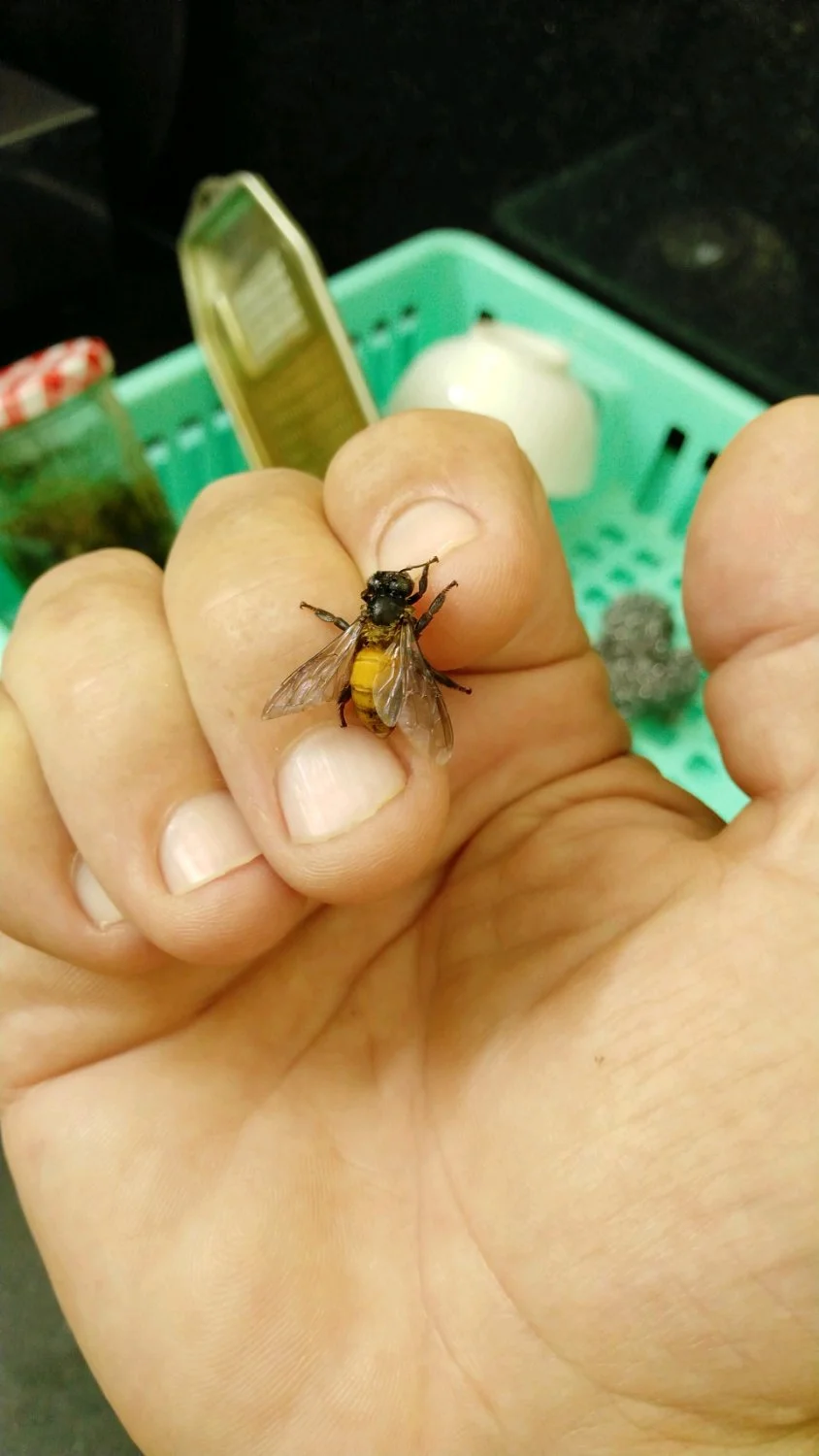

-
Had A Cute But Slightly Terrifying Moment With A Bee. More Photos Inside.


It was originally on my towel while tanning and I grabbed my phone to take a pic. After the towel pic, it hopped onto my hand right between my middle and ring fingers. The problem was that was my phone hand, so I could feel it moving around, but I couldn't actually see it. I was hoping it would fly away, but it just stayed there. I carefully took my phone with my other hand and it thankfully started walking down my finger. I think it was after my sweat.
-
This is from one hive


3 gallons from one hive. My second hive swarmed, so not enough honey to harvest yet. The third hive I'm harvesting this week for honeycomb.
-
Trigona (I think)

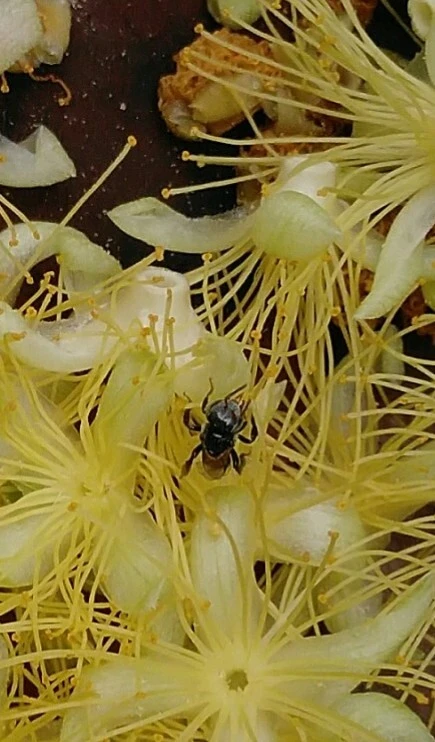
Near Sihanoukville Cambodia. There were many on these fallen tree flowers after a rain.
I don't 'keep' these or harvest their honey, I just like having them around. I do provide habitat for them. They love cracks in stone walls and bamboo tubes if they are protected. I drill holes in bamboo and hang them between 1.5-2 metres high, and build small sections of wall with voids.
-
Early spring splits?
I'm wondering how people are handling splits with this early warm weather. It's so variable that I'm not comfortable trying a split yet, not to mention that I've only got capped drone brood and no mature drones in my own hives.
Our willow trees are starting to bud out, so forage is becoming more available. I've got one hive that's really strong coming out of winter and I'm worried I'm going to be surprised by a swarm too early in the season.
- uk.news.yahoo.com Bumble bees ‘play with balls for enjoyment’
Findings add to growing evidence that bees’ minds are much more complex than previously imagined, scientists said.

cross-posted from: https://lemmy.world/post/12906408
- www.technologynetworks.com Bees Surprise Scientists With Social Skills
Bumblebees have been shown to possess a previously unseen level of cognitive sophistication in a new study that required them to learn complex tasks through social interaction.
cross-posted from: https://lemmy.world/post/12855486
-
Apis Dorsata
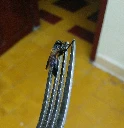
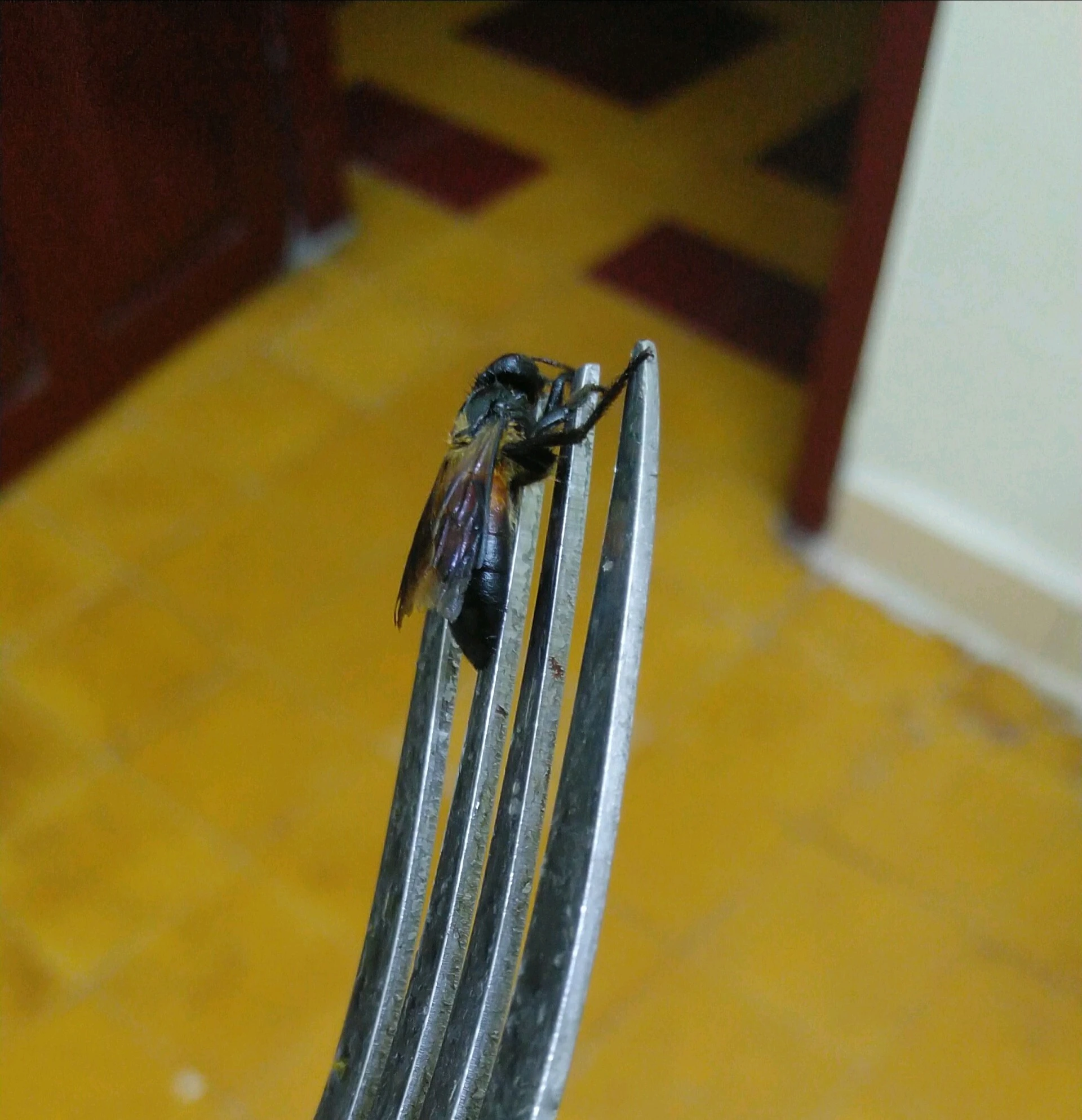
These are quite odd in the world of Bees. They forage diurnally and nocturnally, and they migrate by season. The distance is usually only a few hundred metres.
Generally quite aggressive if disturbed. This one was looking for water in my sink in dry season. I fished her out before she drowned.
-
Tetragona? Trigona?

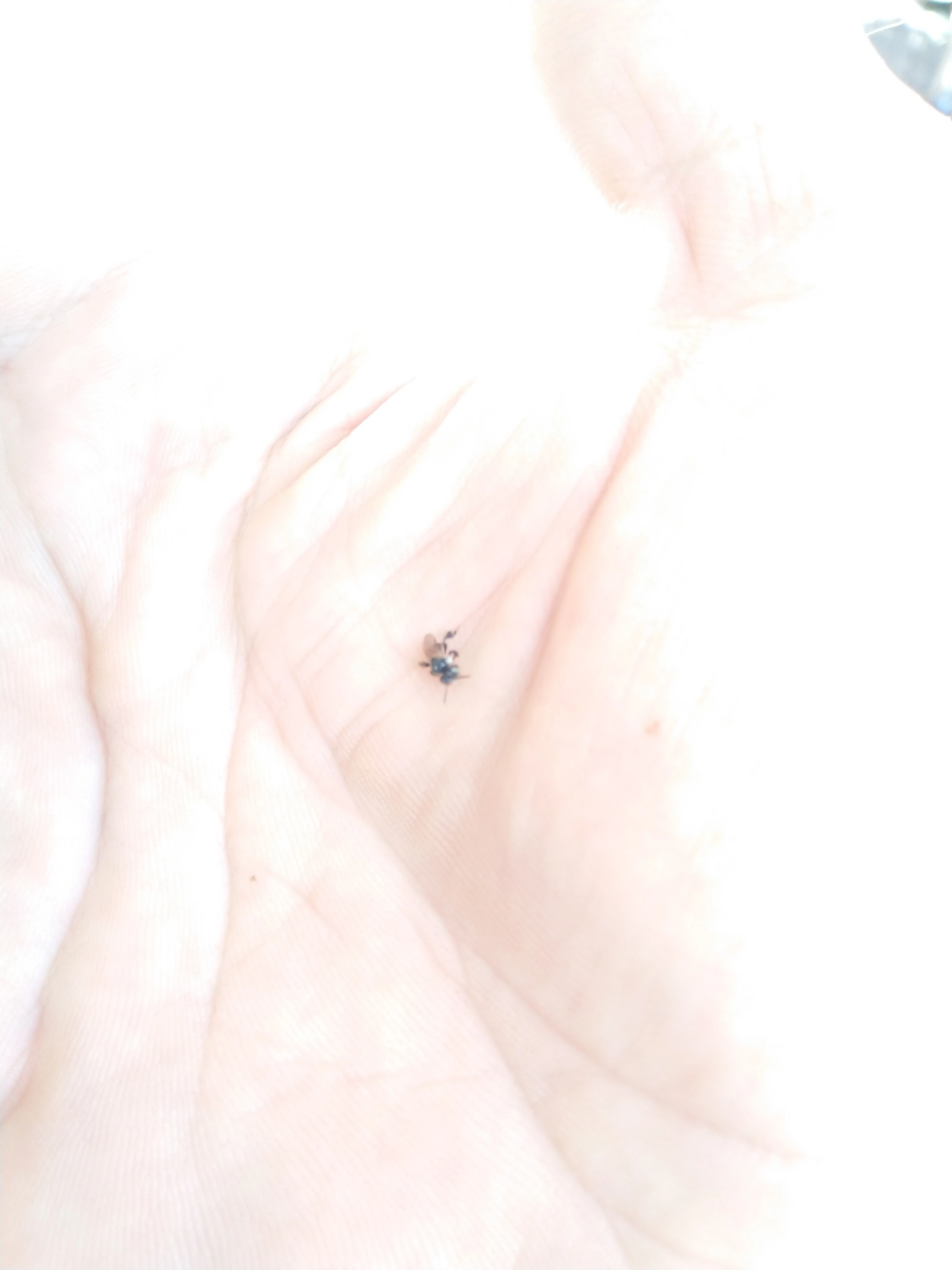
Sorry for the photo, these girls are tiny, and my phone does not really do that.
These are stingless, cavity nesting bees that often land on you either by accident, or because they want some salt.
I have at least thousands of them around. When I need to relax I will slowly walk into a swarm of them. Very calming.
They loves holes in walls, and I also prepare large bamboo tubes for them. As long as they are sheltered, they are happy.
-
One of my Bee Hotels


Solitary Bees and Predatory Wasps frequent these. I have never seen them interact though. Possibly they are not interested, or active at different times.
Notice that some spaces are sealed with plant resin, and others with cellulose, in at least 3 different ways.
This is in Cambodia
- www.sciencedaily.com Proteins roll the dice to determine bee sex
To date it has been unclear exactly how the sex of a bee is determined. A research team comprising biologists and chemists has now identified a key gene and the molecular mechanism linked with it. They describe how this process is similar to a game involving two dice.

I found this article interesting because it discusses the science of how female and male bees are determined (beyond the male haploid and the female diploid).
Basically, there's a protein and if a diploid bee has two different versions, it's a girl because the two proteins can bind to each other to activate a sex-determining switch. And a male haploid bee will have one version, which is unable to activate the "female" switch so he stays male.
However, it suggests (if I understand the article right, and I may not) that it's possible to have a diploid bee with two of the SAME versions of the sex-determining protein...which means it would be male because they can't bind together to activate the "female" switch...but the bees do not allow such eggs to mature. So any potential "diploid male" egg basically is destroyed.
I do wonder if it's actually cleared out by the bees themselves, or if it self-terminates due to some abnormality in growth?
I'd be really curious what would happen if you could successfully raise a diploid male bee to maturity. Could he mate with a queen successfully? Would the offspring be ok?
Here's an older article about the same topic: https://www.nature.com/articles/nature07052
Edit: Here's the science paper the parent link is based on: https://www.science.org/doi/10.1126/sciadv.adg4239
-
CROSSPOST___Australia abandons effort to eradicate varroa mite after 14,000 bee hives destroyed
www.theguardian.com Australia abandons effort to eradicate varroa mite after 14,000 bee hives destroyedDespite a $100m effort over 14 months to stop the invasive parasite, scientists say eradication is no longer possible

cross-posted from: https://aussie.zone/post/2213195
> I remember how big this was for a while - only for this bit of news to be buried with a short article. Surely the scale of infestation (resulting in the change in approach) is going to have significant impacts to pollinator-dependent agriculture?
-
Rendering wax


I bought a cheap crockpot and finally melted down all my callings from the last few years. It was very satisfying.

